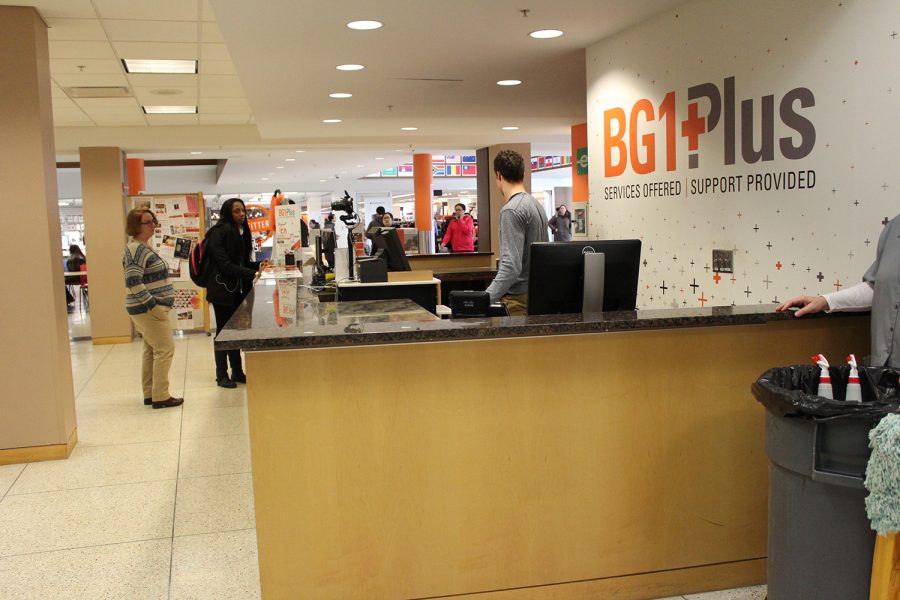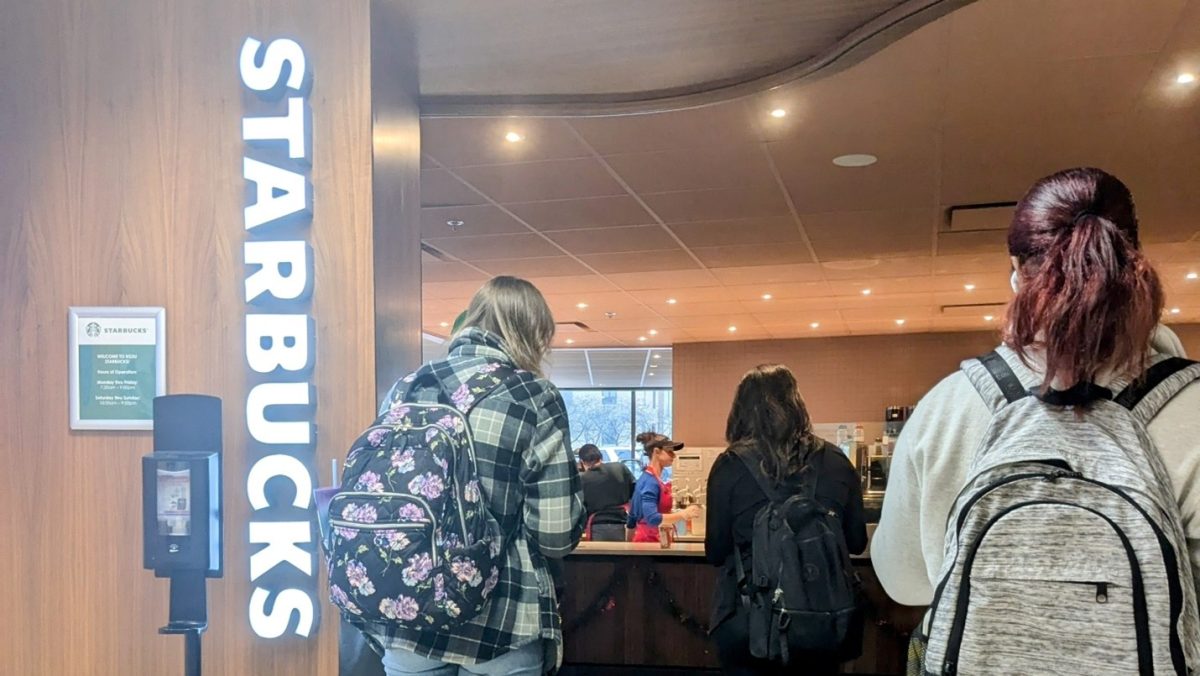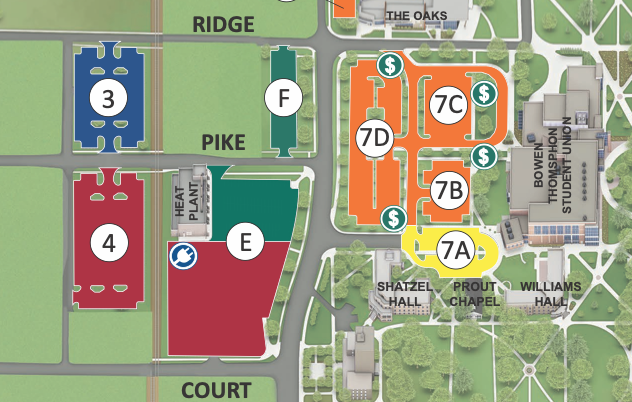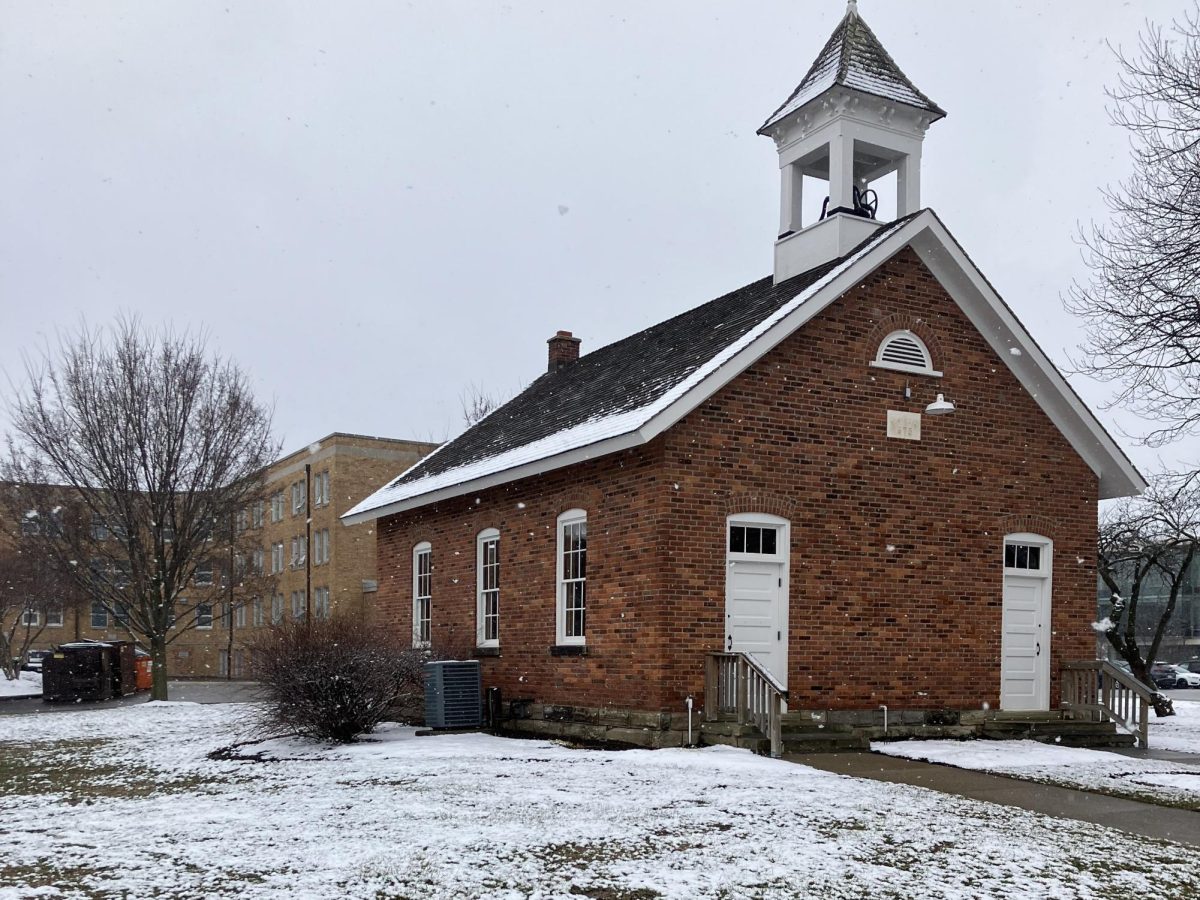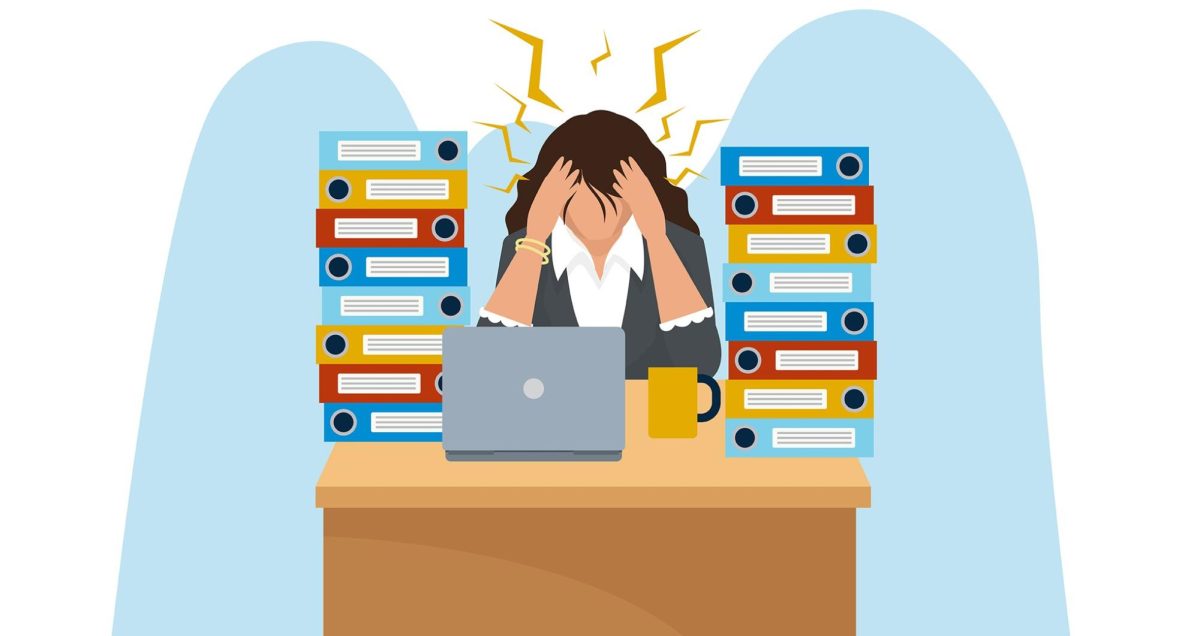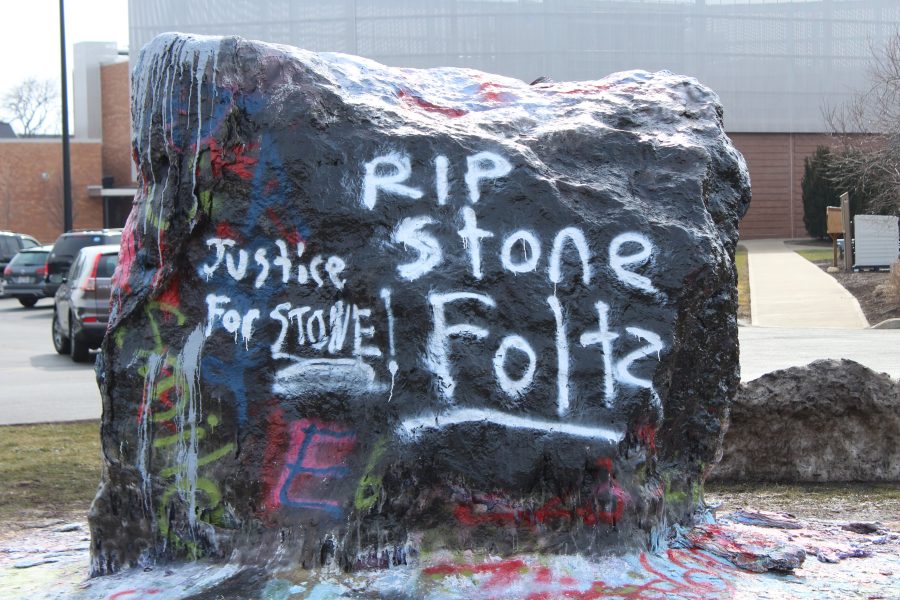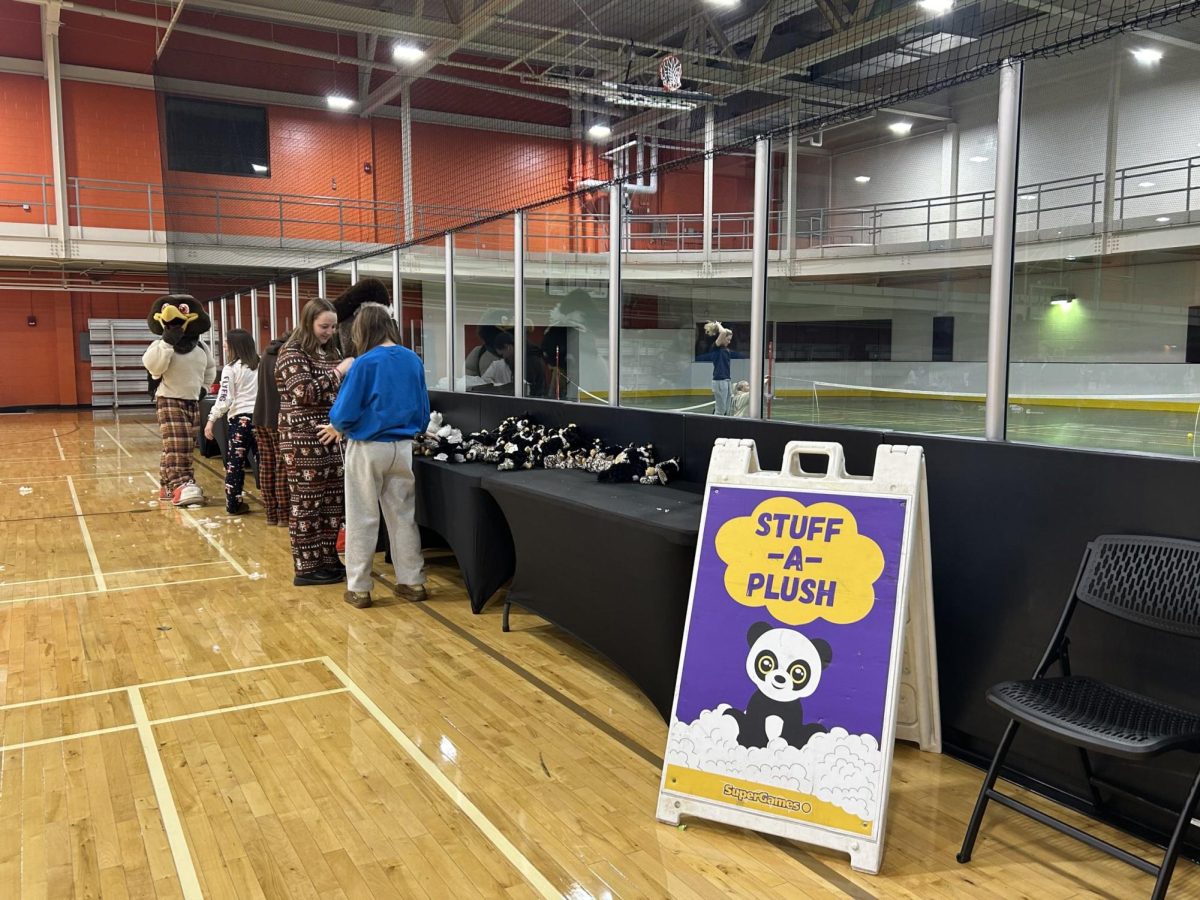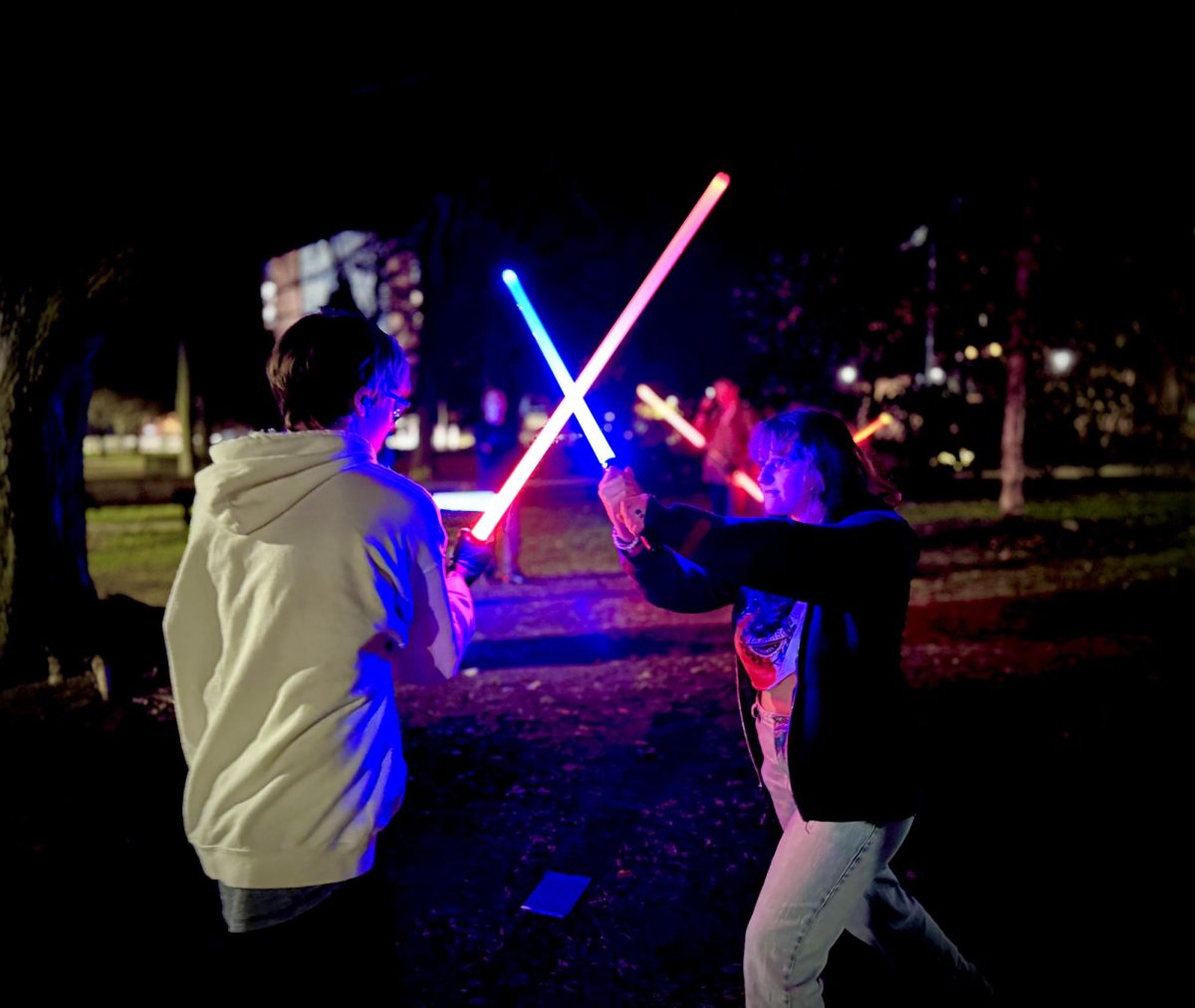BG1 Cards are necessary for identification at the University, but in the case of a lost or stolen card, services are available for a replacement.
Tile, a tracking app that uses technology to help customers locate personal items, reported in a 2016 national study that 19 percent of students lose identification cards each year.
“Nationally, that means that 3.8 million cards go missing every year,” the study said.
If you find yourself among the nearly 1 in 5 students who lose their ID cards, here are the steps you can take to replace yours, according to BG1 Plus.
Report the card as lost or stolen.
If you lose your card or believe it has been stolen, the first step is to deactivate the card.
This can be done online through your MyBGSU account (MyBGSU>Financials>BG1Card Services>Deactivate Card). This ensures the card cannot be used by another person if found.
You can also report a missing card to BG1 Plus at the information desk in the Bowen-Thompson Student Union.
Your original card will automatically be deactivated if you obtain a replacement card; however, you are responsible for any charges incurred before deactivation. You can monitor card activity through your MyBGSU account.
Monitor your email for notification of a found card.
If your missing card is found and turned into BG1 Plus, a representative from the information desk will email you.
Whether your card is turned in to BG1 Plus or you find it yourself, you can reactivate the original card for free. Reactivation must be done in person at the BTSU information desk.
[[inline_image_identifier c58cbd7f15446065e2b48e0a1ac4be6e.jpg]]
Receive a replacement card.
The process to get a replacement card if the original card is not found must be done in person through BG1 Plus.
In order to get a new card, you must have one of the following forms of identification: a driver’s license with photo, state-issued photo ID card, valid passport with photo or valid military ID card.
You will also be charged a $25 fee for replacing the BG1 Card. This fee can be paid in person with cash, check or card or billed through your Bursar account.
Here are some additional tips for keeping track of your identification card and other personal items while on a college campus, according to writer Elisabeth Leamy of The Washington Post:
Use technology to track your things.
Locate keys, wallets and other items with tracking technology that finds personal items through apps, batteries or Bluetooth technology.
Examples: Tile and Click N’ Dig
Focus on productivity.
Stever Robbins, a Harvard graduate and productivity coach for CEOs, gives the following advice:
Select or create a specific location(s) for your items, so you know exactly where to look for them. Label such spaces if necessary.
Keep the most essential items near the exits of your house, apartment or dorm. Limit the number of places you have to look for missing items.
Look around before leaving a table, desk or room to make sure you did not forget anything.
Avoid stressful distractions.
Certified NeuroLeadership coach Linda Cassell said reducing stress in the following ways is key to keeping track of items:
“Yawning resets the brain,” she said. You might be able to better remember the location of a misplaced item after yawning.
Stretching is linked to better decision making, which could help you place items in a easy-to-find spot.
[[inline_image_identifier cb92264afebeae1443fa81b79da417a3.jpg]]
Practicing mindfulness allows you to be more aware of what you are doing—and where you are putting your things.


